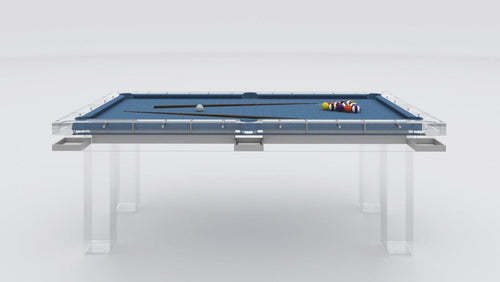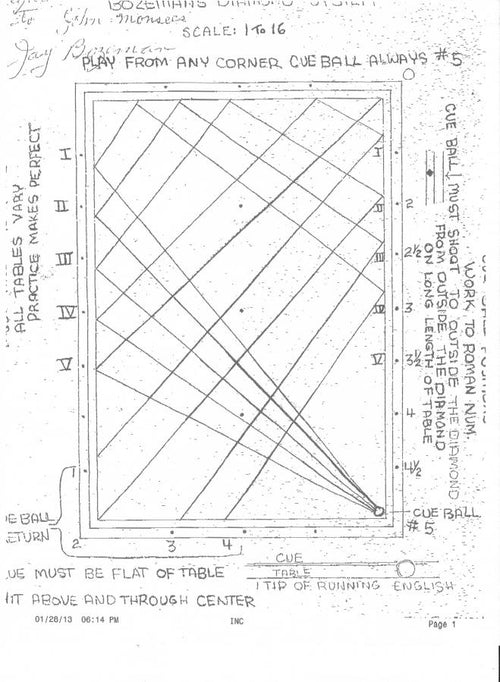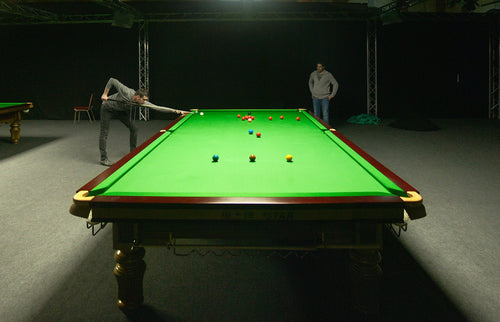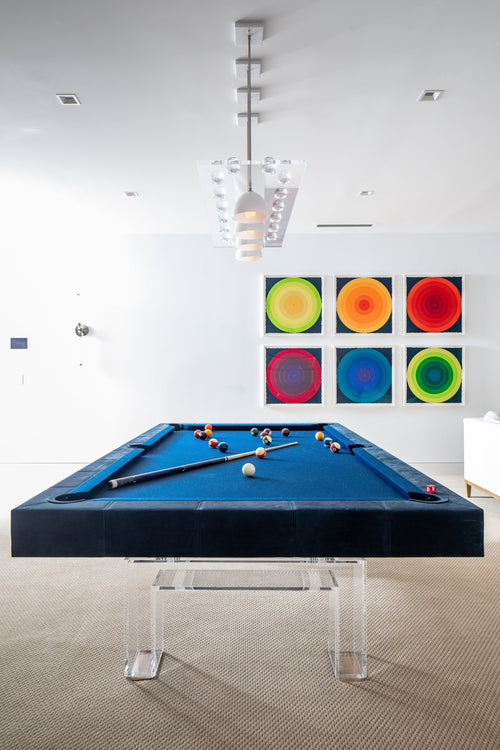Enjoy our modern designs
Estimated Read Time: 5 mins |
Introduction
In high-level table tennis, rubber choice can be as decisive as stroke mechanics. Antispin and pips-out rubbers don’t just change feel—they fundamentally rewrite spin interaction, creating tactical edge for savvy players. Here’s how each special rubber type flips the spin game in your favor.
Antispin Rubbers: Predictable Spin Reversal
- Low grip, slow sponge: Ultra-smooth sheets nullify incoming spin.
- Exact opposite spin: Every return flips the spin—backspin returns topspin, topspin returns backspin.
- Tactical payoff: Control your opponent’s spin and create smash opportunities with precision.
Short Pips: Disruption with Subtlety
- Stubby profile: Less grip and a flatter trajectory.
- Milder backspin: Pushes generate predictable spin, making returns easier to read.
- Tactical edge: Mix spin levels to unsettle opponents and break their rhythm.
Long Pips: Spin Flips and Forced Errors
- Flexible pips: Fold or stay stiff depending on incoming spin.
- Topspin → backspin: Heavy incoming spin yields heavy reversed spin.
- Push → topspin: Rigid pips convert pushes into topspin, setting up kills.
- Tactical loops: Serve backspin or no spin, then crush a topspin—predictable reversals give you control.
Mid-Length Pips: Balanced Control
- Moderate disruption: Some spin reversal, with more stability than long pips.
- Reliable returns: Ideal when you need unpredictability without losing orientation.
Combination Bats: The Ultimate Wild Card
- Flip tactics: One side special rubber, one side inverted—switch mid-rally to change spin dynamics.
- Counter strategy: Play fast to deny opponents time to rotate the racket, forcing predictable patterns.
Why Understanding Rubber Effects Matters
Special rubbers demand a shift in mindset:
- Identify the rubber quickly by observing spin behavior.
- Predict the return spin based on rubber rules.
- Adapt your next shot—smash, loop, push or hold—to exploit the predictable reversal.
Mastering these interactions turns opponents’ strengths into tactical vulnerabilities, letting you seize the initiative with every exchange.


















